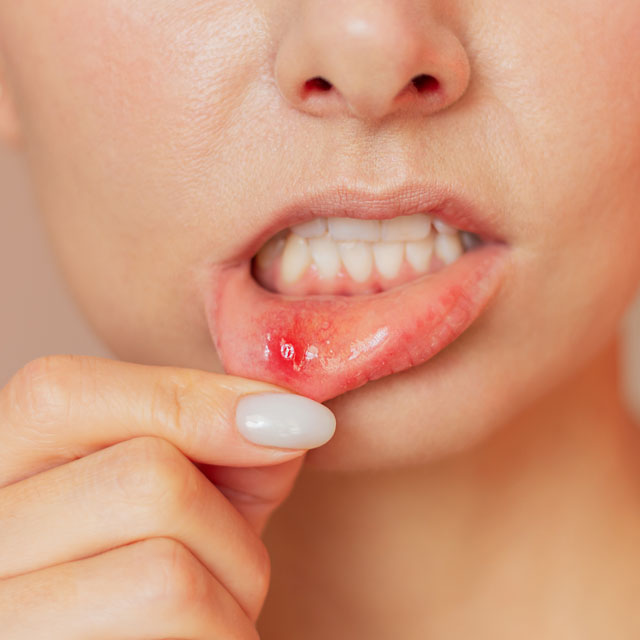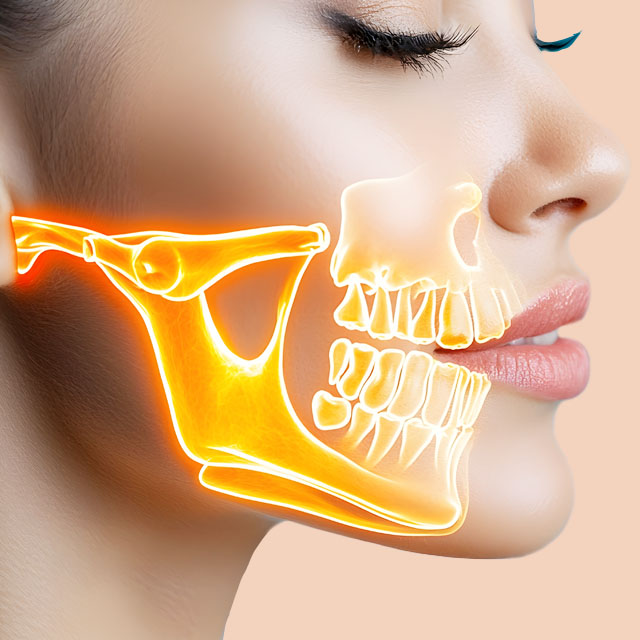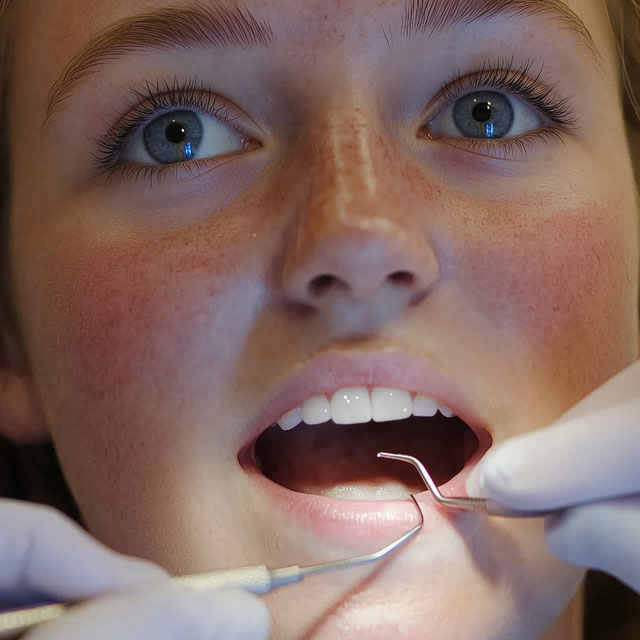Deep Cleaning (Root Planing & Scaling)
Scaling and root planing is a non-surgical procedure that helps treat gum disease and prevent tooth loss by removing plaque and tartar from below the gum line.
What Is Deep Cleaning—and Why Might You Need It?
A deep cleaning, also known as scaling and root planing, is a special procedure to treat gum disease (also called periodontal disease). It goes beyond a regular cleaning to remove plaque and tartar deep below the gum line, helping to stop the infection and restore your gums to health.
You might need this treatment if your dentist has found signs of gum disease. Regular cleanings are great for prevention, but once the infection gets into the pockets of your gums, you need a deeper treatment to get rid of it.
You may need a deep cleaning if you notice symptoms like:
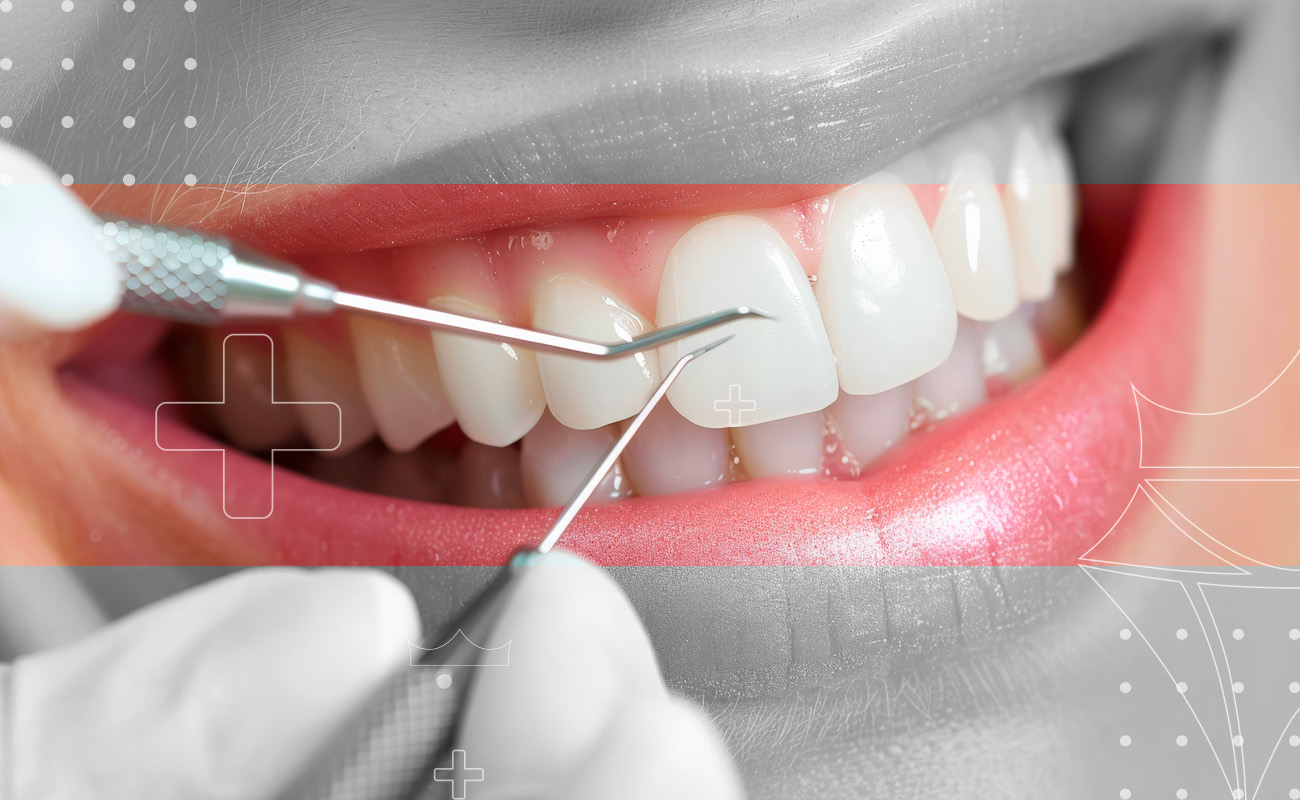
Understanding the Procedure
Your dentist or a dental hygienist will perform the deep cleaning, which is a two-part process.
Scaling
This step is all about removing the bad stuff. Using special tools, your dental professional will carefully clean plaque and hard buildup (tartar) from both above and below the gum line. This gets rid of the bacteria causing the infection
Root Planing
After scaling, the roots of your teeth are cleaned and smoothed out. This makes it harder for new plaque to stick to them and helps your gums reattach firmly to your teeth.
What to Expect During Your Deep Cleaning
The procedure is usually done under a local anesthetic to make you comfortable. Your dentist may treat one section of your mouth at a time, which is why it often requires more than one visit. During the procedure, they will use either hand tools or an ultrasonic device that uses vibrations to break up the plaque and tartar.
Aftercare and Recovery

After your deep cleaning, it's normal to have some soreness, bleeding, or sensitivity for a few days to a few weeks. Don't worry, this is temporary and a sign that your gums are healing. To help with the recovery:
- Rinse with warm salt water to soothe your gums.
- Be careful when you brush and floss. A soft-bristled toothbrush is best.
- Avoid hard, crunchy, or spicy foods for the first day or two.
- Take care of your gums at home with good oral hygiene.
- Attend follow-up visits as recommended by your dentist. These appointments are essential for checking how well your gums are healing.
Benefits of a Deep Cleaning
Treating gum disease early can protect your oral and overall health. A deep cleaning can:
Protect Your Smile from Gum Disease
- Deep cleaning helps stop gum disease in its early stages, preventing damage to the gums and reducing the risk of tooth loss.
Soothe Inflammation and Bleeding
- By removing plaque and tartar below the gum line, deep cleaning reduces swelling and bleeding, helping your gums heal and stay healthy.
Say Goodbye to Bad Breath
- Persistent bad breath caused by bacteria trapped under the gums can be eliminated with a thorough deep cleaning.
Support Your Overall Health
- Treating gum disease isn’t just about your mouth—it can also lower risks linked to heart disease, diabetes, and other systemic conditions.


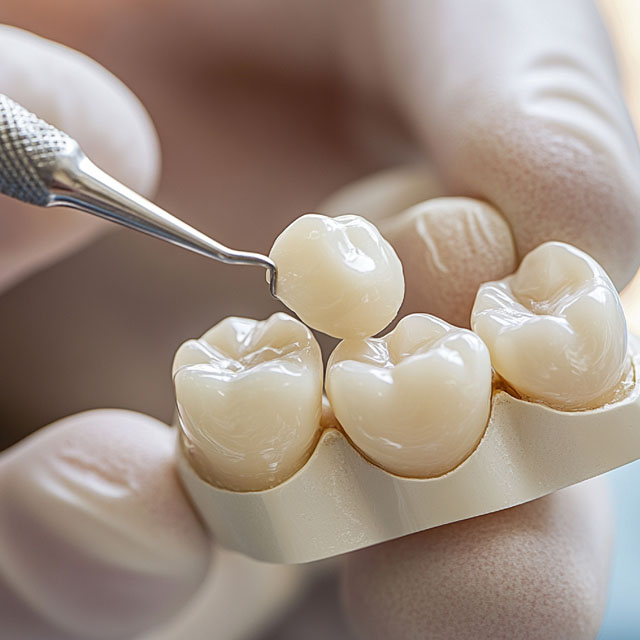
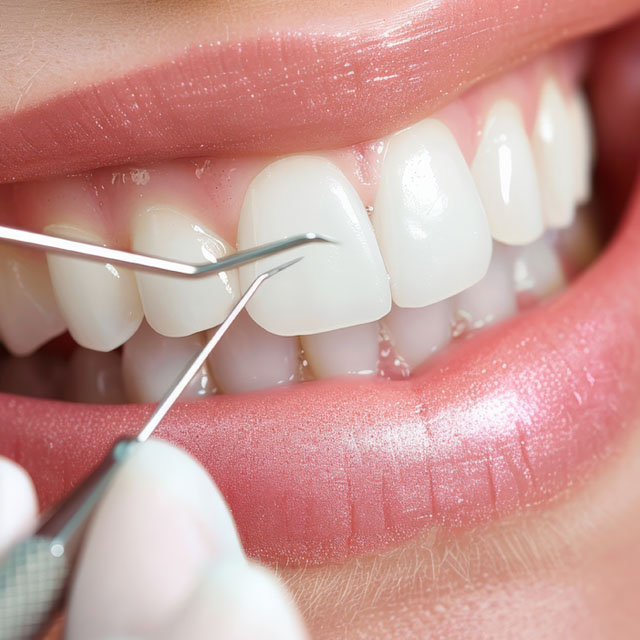
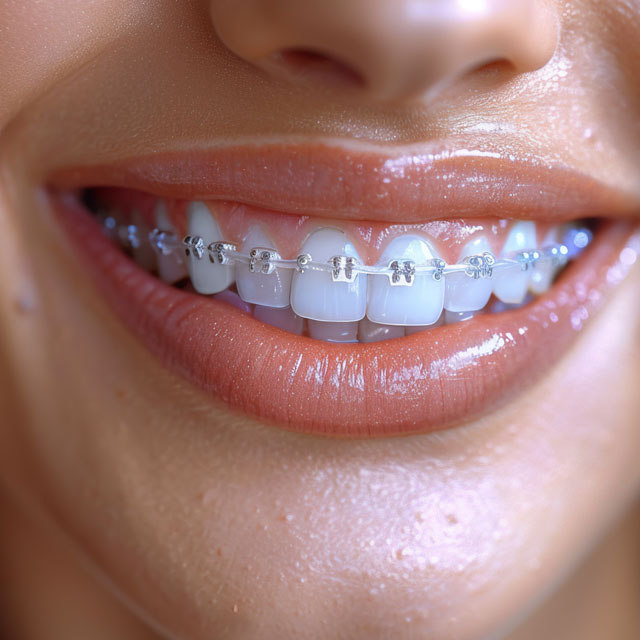
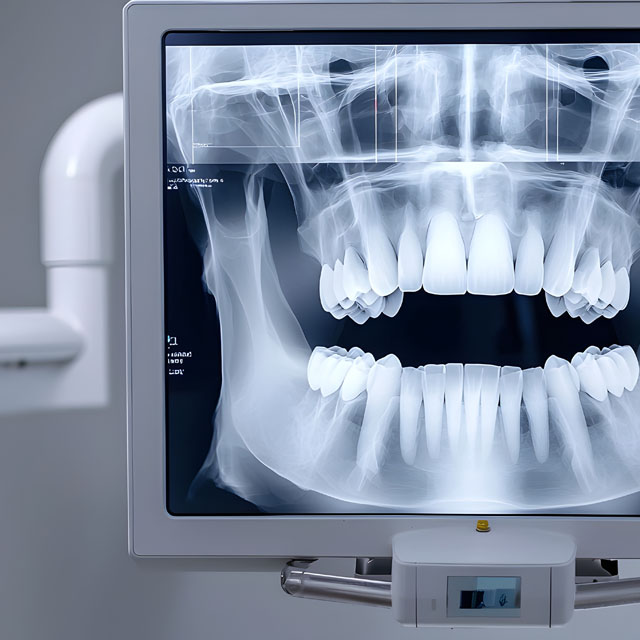

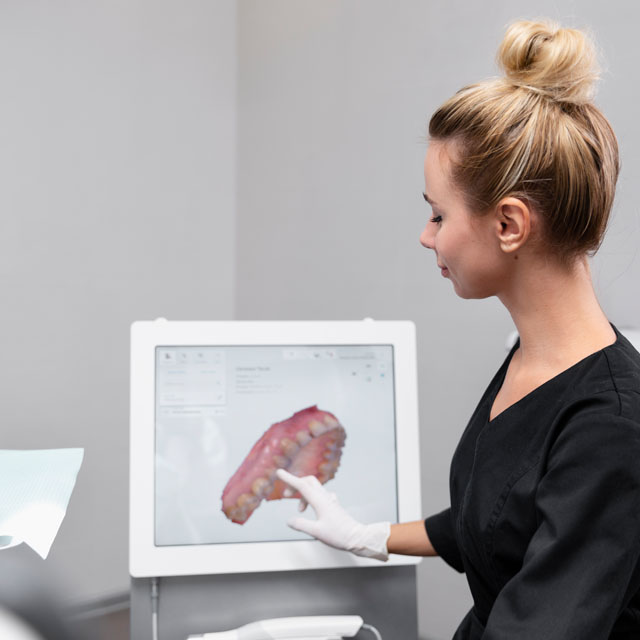
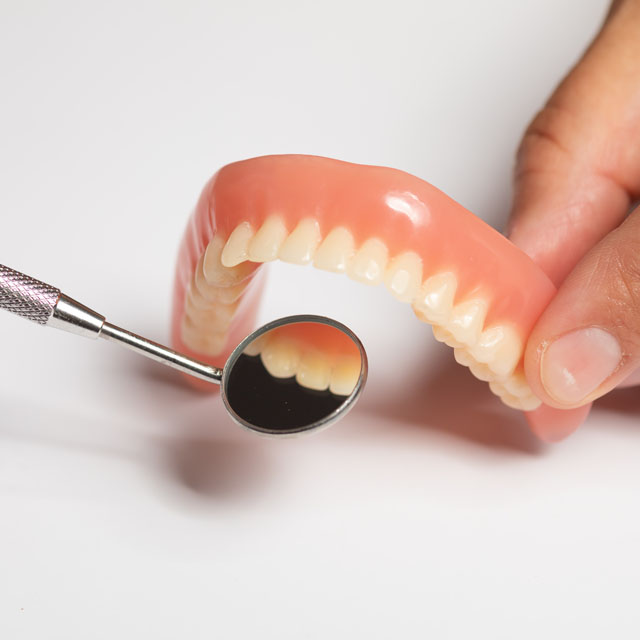
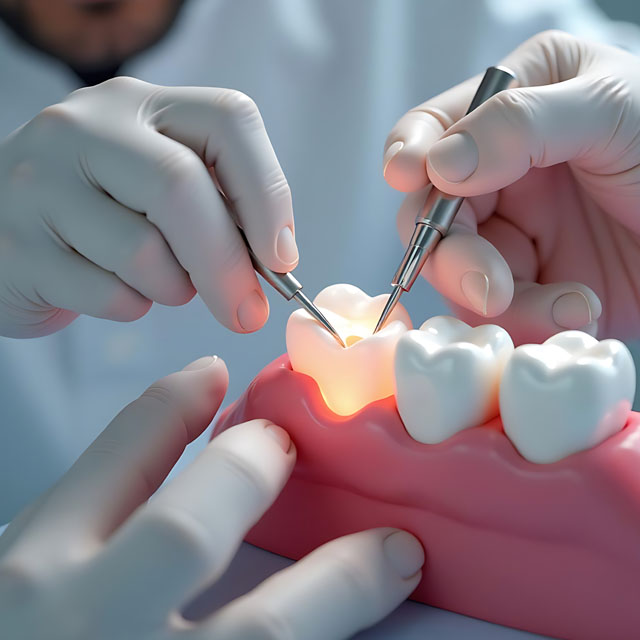


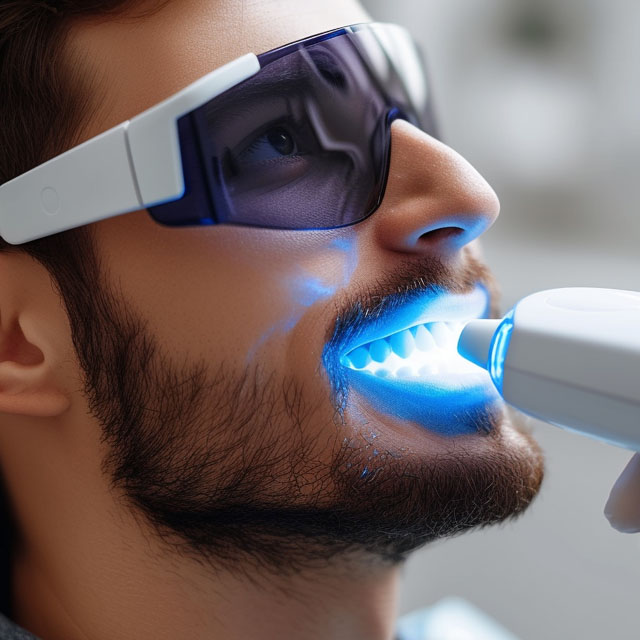

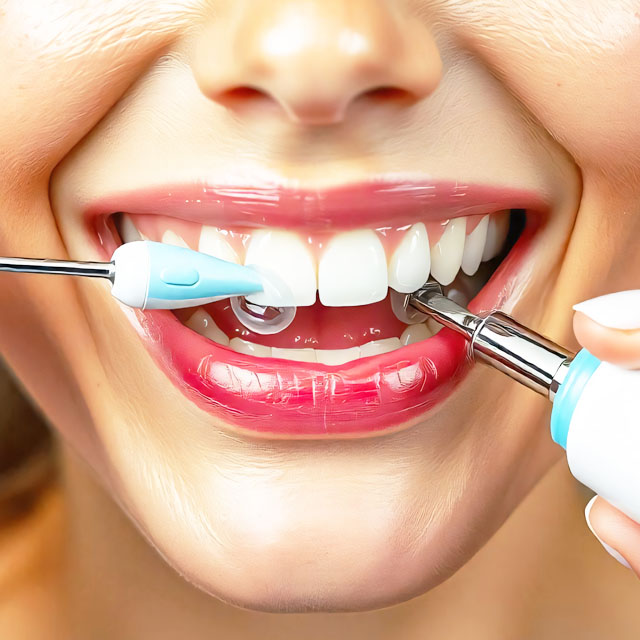
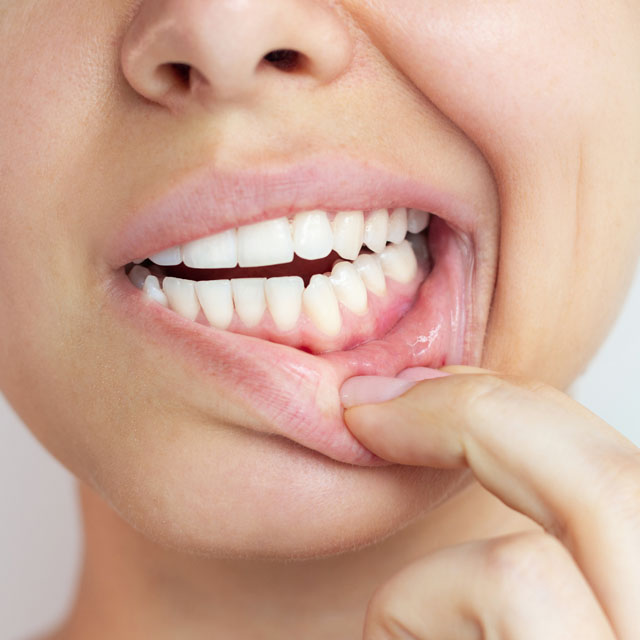

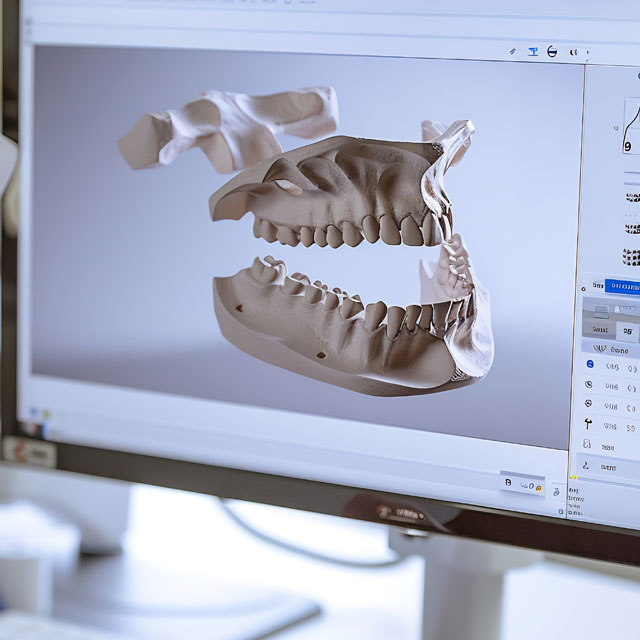
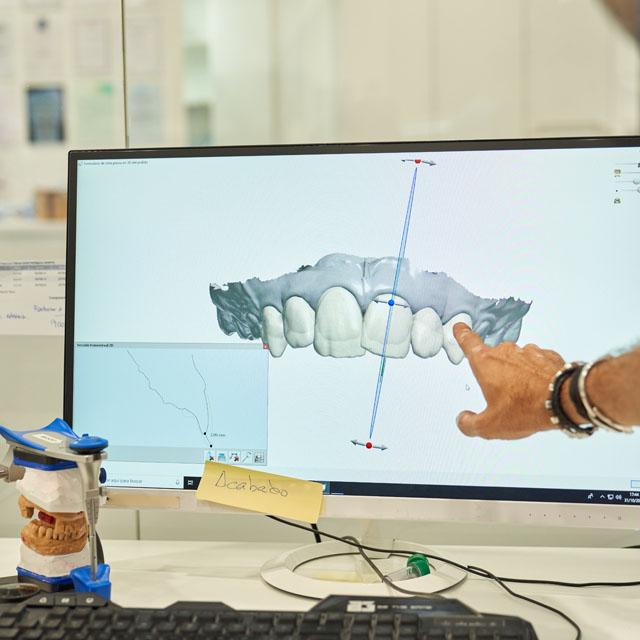


.jpg)
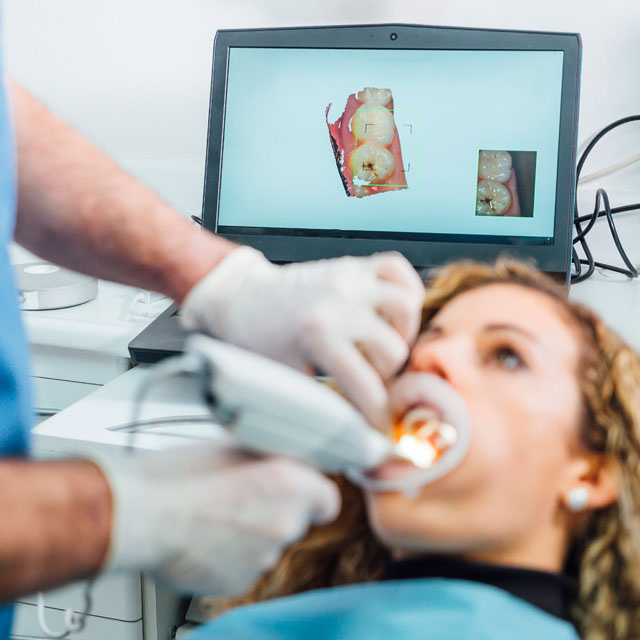
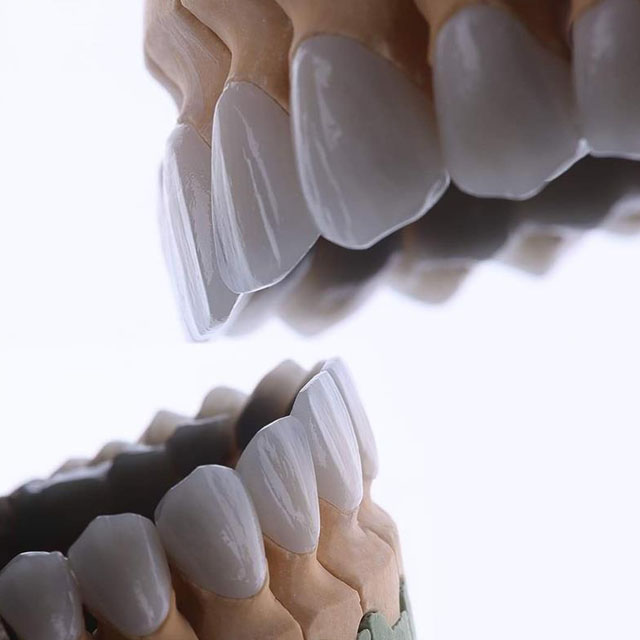
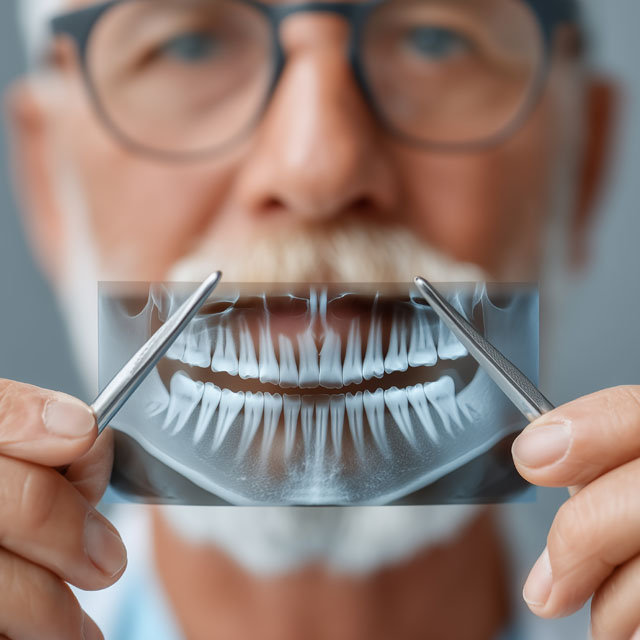




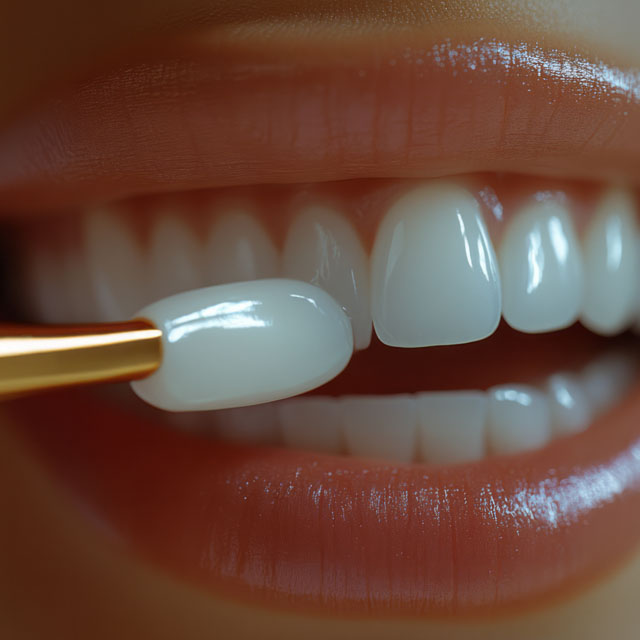



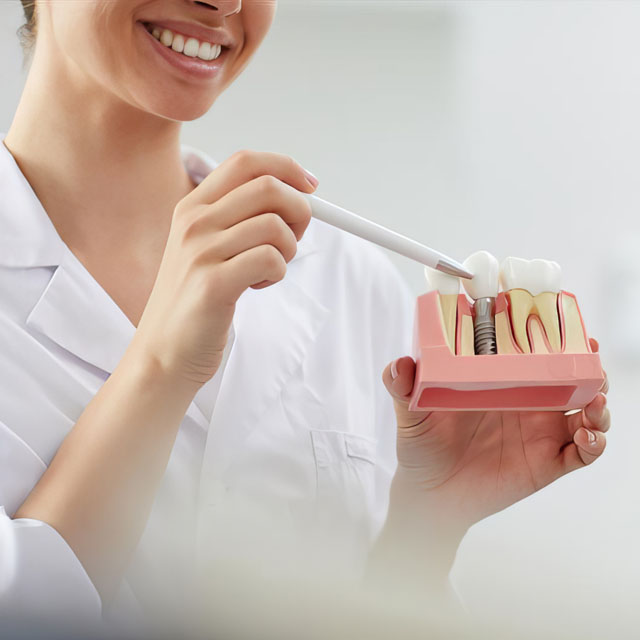
.jpg)


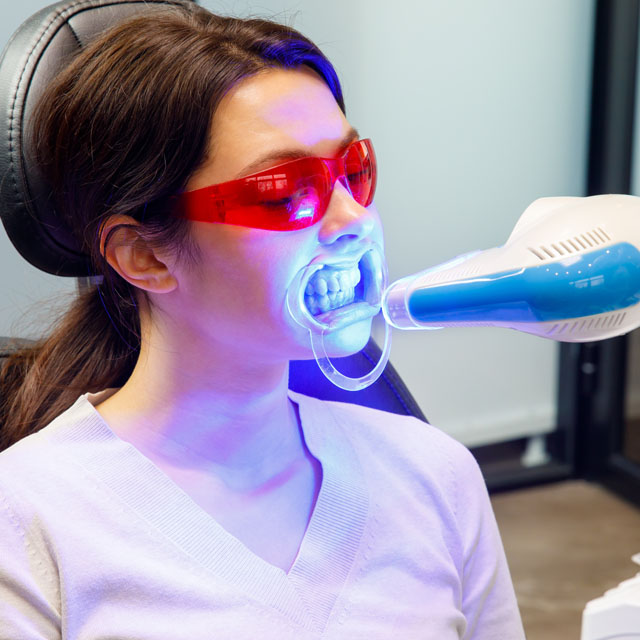


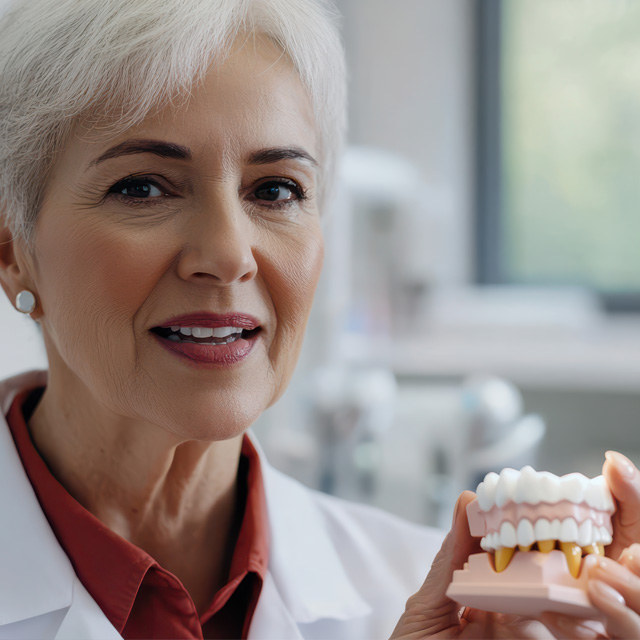


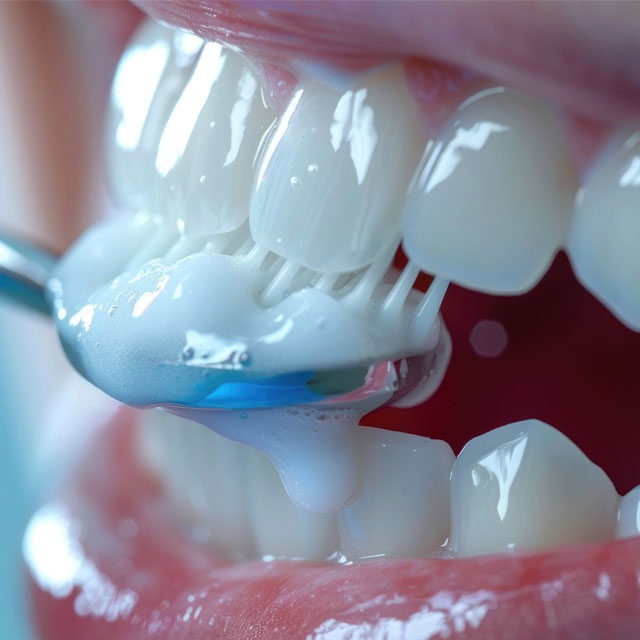
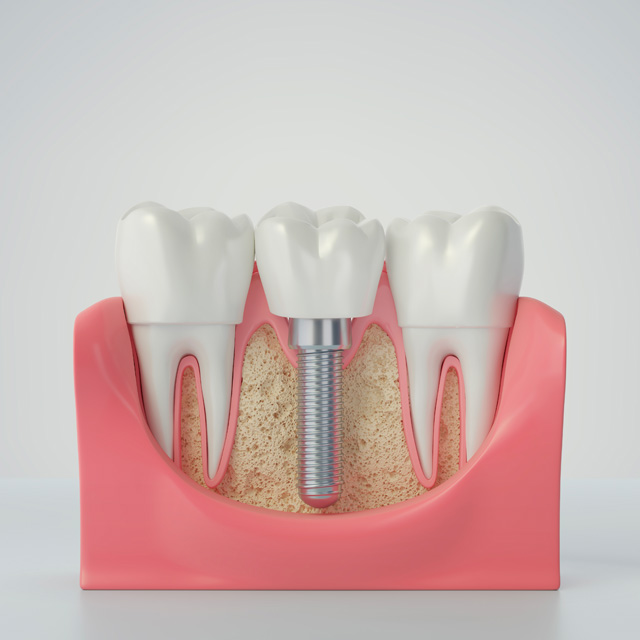
.jpg)

